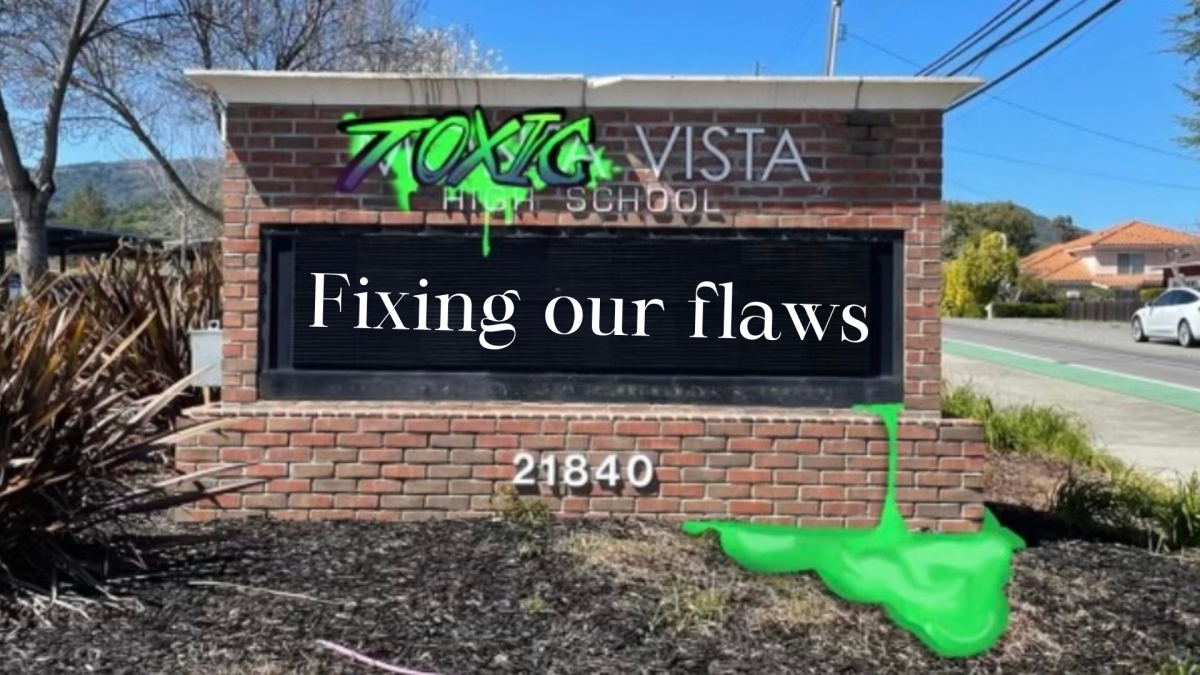Changing contraception culture
Why high schools should make condoms free and easily-accessible
High schools should distribute free condoms to promote positive sexual behaviors.
February 12, 2023
In 2017, 150 parents came to a CUSD school board meeting to protest a new sexual health education curriculum for being “too graphic” and “not age appropriate.” Thousands of parents even signed a Change.org petition to suspend the curriculum, leaving comments such as “the school district should focus on educating students with real knowledge in math, science … instead of educating in sex like this.”
But not talking about sex doesn’t mean teens won’t engage in sexual activities, so instead of turning a blind eye to an uncomfortable topic, let’s equip our students with the tools they need to make decisions about their sexual health responsibly.
Since the early 1990s, Condom Availability Programs have provided free condoms for students in easily-accessible locations on school campuses such as bathrooms, nurse’s offices or designated classrooms. Implementing such a program at MVHS would allow sexually active students to practice safe sex while not affecting the rest of the student population — after all, having a comprehensive sex education curriculum won’t mean anything if the knowledge can’t be properly applied. Thus, it’s our students’ best interests that MVHS implement free and easily-accessible condoms in our school bathrooms.
Now if drawings of human anatomy prompted the protest of a hundred parents, actual condoms being distributed would probably have parents flocking by the thousands to oppose this program.
But pushing for in-depth sex education is incredibly necessary to ensure teens get the knowledge they need to maintain good sexual health. According to the CDC, youth ages 15-24 accounted for around half of the sexually transmitted infection cases in the U.S. in 2018. And the distribution of free condoms isn’t some new, controversial idea — it’s simply a continuation of the comprehensive sex education programs that we should continuously try to improve. Additionally, the habits teenagers learn in their adolescent years are things they will carry with them for the rest of their lives.
Contrary to popular belief, making condoms freely available won’t cause students to have more sex, but it will allow sexually active students to practice it safely. In fact, three studies demonstrated that school-based Condom Availability Programs positively influenced sexual behavior, with these findings suggesting that free access to condoms would be an effective strategy for promoting positive sexual behaviors and increasing condom usage.
Creating a Condom Availability Program at MVHS will allow students to obtain the contraceptives they need without constantly fearing stigma and shame.
There’s a multitude of reasons why students may not be able to get contraceptives from anywhere else, too. In a community that considers talk of sexual activity taboo and heavily stigmatizes the concept of sex, implementing a program to distribute contraceptives at MVHS will give students seeking guidance about sexual activity another resource. Creating a Condom Availability Program at MVHS will allow students to obtain the contraceptives they need without constantly fearing stigma and shame.
Taking care of a student’s health and well-being should be one of MVHS’ top priorities. And while many schools encourage students to maintain proper physical fitness and eat a healthy, balanced diet, we shouldn’t forget that a student’s sexual health is an integral part of a student’s health and well-being too.
Let’s destigmatize sexual health. Let’s promote safe sex. Because yes, knowledge of how to take care of our sexual health is 100% “real knowledge.”


















